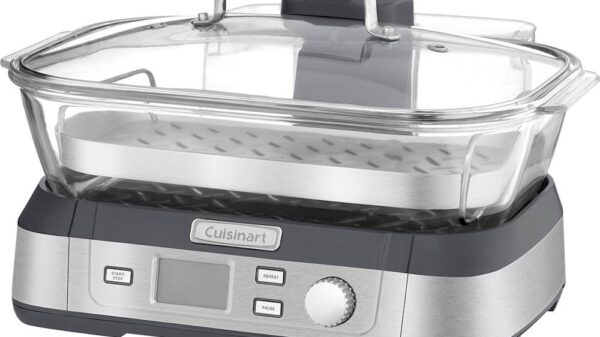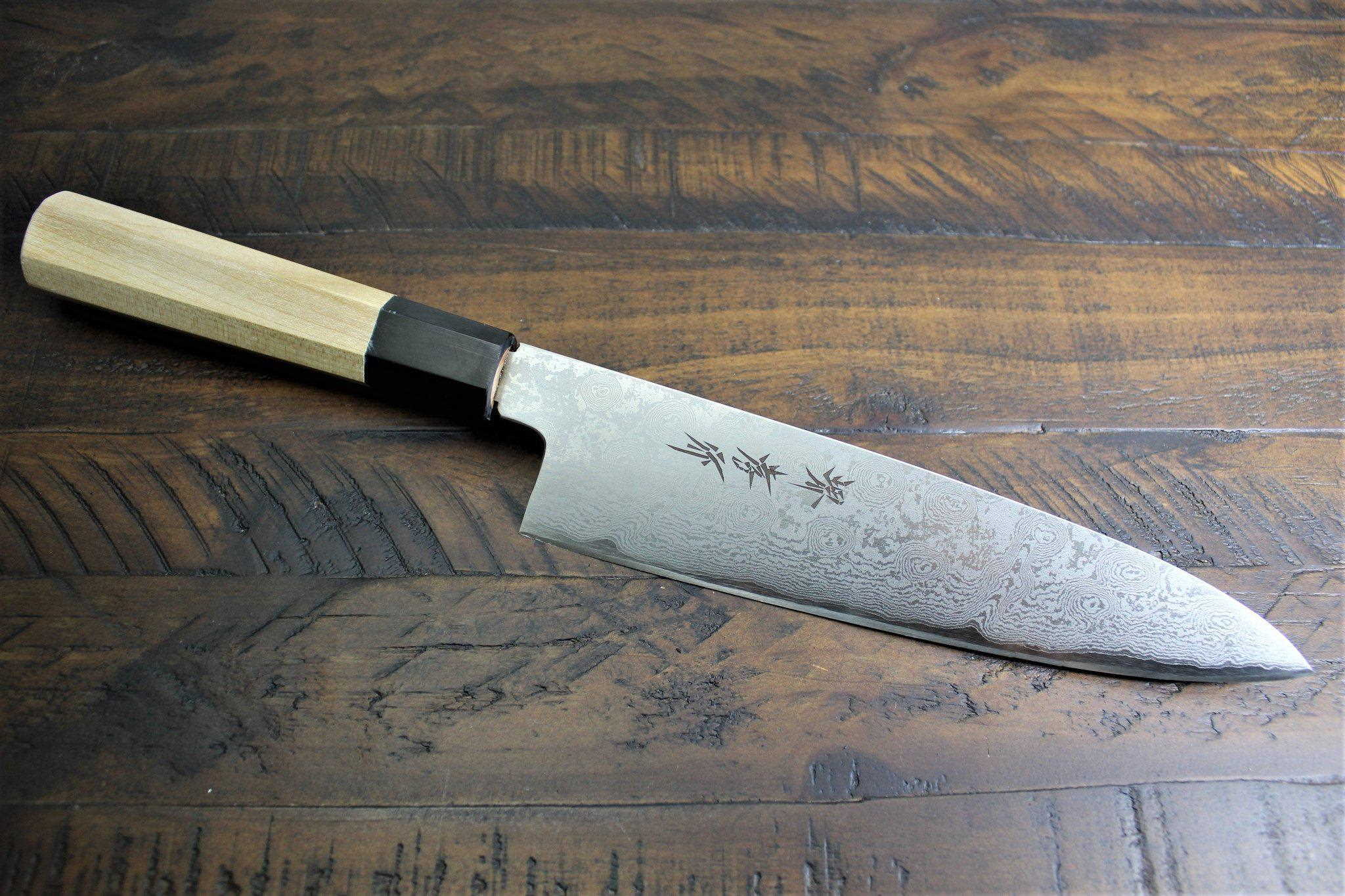It’s critical to comprehend how much time and work will be required to maintain Japanese knives before buying your initial one for the much sought-after cook. The sort of material used to forge the knife will also significantly impact this. Since the dawn of time, the same high-quality steel created to craft Japanese knives and swords has been utilised to develop Gyuto and other Japanese kitchen knives. This steel is available in several grades. This premium steel gives the knife excellent edge retention, resulting in fantastic cutting performance. Gyuto knives constructed of solid steel will keep highly sharp edges. Still, to maintain the high sharpness, the edges must be sharpened, and the blade maintained regularly depending on the use.
Sharpening: To maintain the present bevel, you must vary the angles on each side of the asymmetric knife when sharpening it. Experts advise using a marker on the tool to ensure that you are rubbing at the proper angle and not going too high or low and behind the edge. To determine where your knife has been striking the stone, you might also check the pattern of scratches. It eliminates pull-through sharpeners that rip off pieces of steel and fixed-angle sharpening devices that are overly obtuse.
Cleaning: The easiest knives to maintain are those made of stainless steel. They are also comparatively simple to clean. However, contrary to popular belief, stainless steel knives are not always stain-proof, and if they aren’t correctly cared for, they may ultimately rust or corrode. As a result, blades made of carbon steel are more challenging to clean, but you can still do a good job maintaining them. First, hand-wash your kitchen knives with a gentle, soapy detergent. After using them, wash your kitchen knives right away. Immediately after washing, use a soft towel to dry it. Knives made of carbon steel, in particular, need special maintenance since they are prone to rust and corrosion if kept damp or filthy. Therefore, remember to dry them before storing them.
Storage: Japanese kitchen knives shouldn’t typically be stacked or placed on top of one another. Put your beloved Japanese kitchen knives in a chef’s case, a block, or a magnetic rack for the safest possible storage. As a result, you only reach for them when you need to use them, keeping them mainly out of your sight. Additionally, it keeps the blades safe and preserved for a longer time. However, there are many options available for knife storage that you can look into to find the perfect solution that is secure and makes the most of the layout and size of your kitchens.
Summing Up: Learning how to use your Gyuto knife properly is one component of maintaining your kitchen knife properly. Avoid, for instance, using your precious knife to cut materials that are too hard or frozen, such as bones, or fruit with hard exterior shells, since this might result in chipping and other general harm to the edges of the kitchen knife. Instead, apply fluid and precise cutting motion when using your Japanese kitchen knife. Avoid rotating the knife in the middle of the cut when chopping trickier items like squash. Avoid bending or flexing the knife as well since doing so might cause the blade to shatter.
Equipped with these tips, you can ensure your knife’s durability and a seamless cooking experience.




































